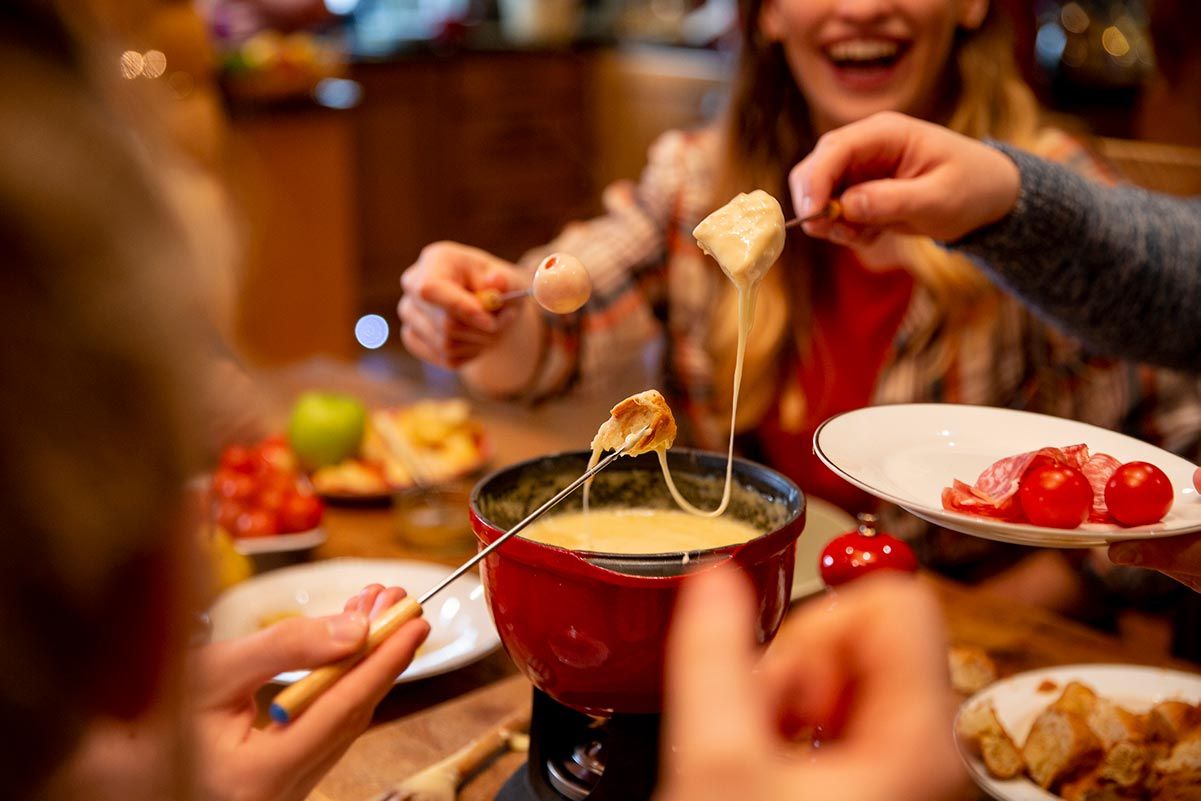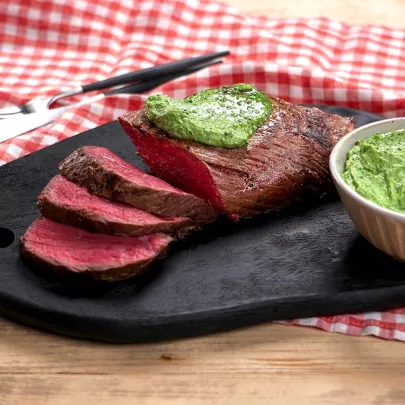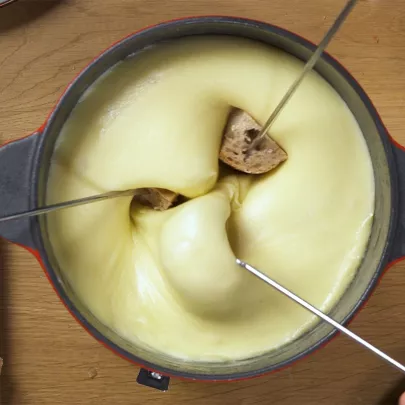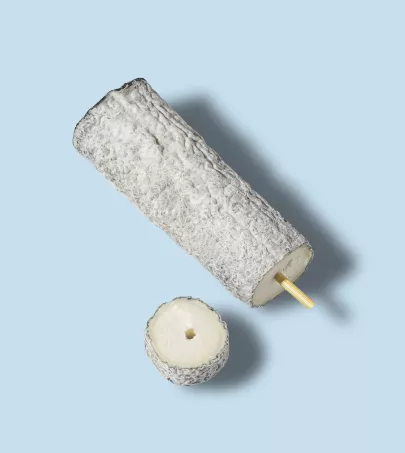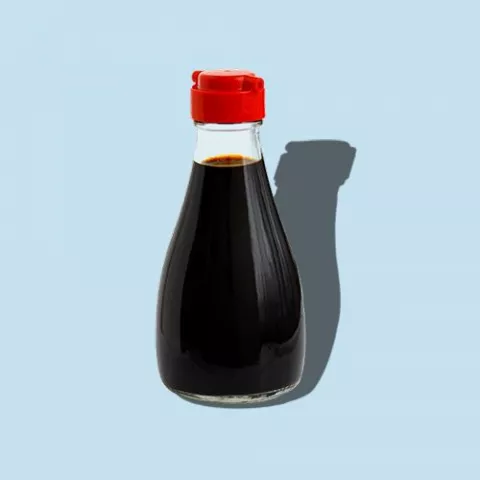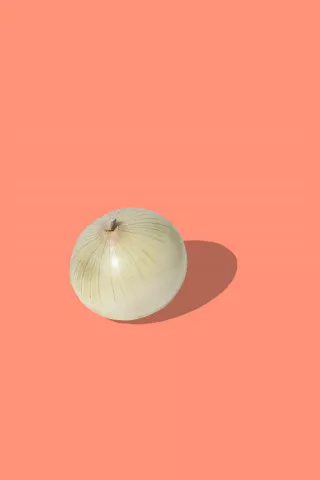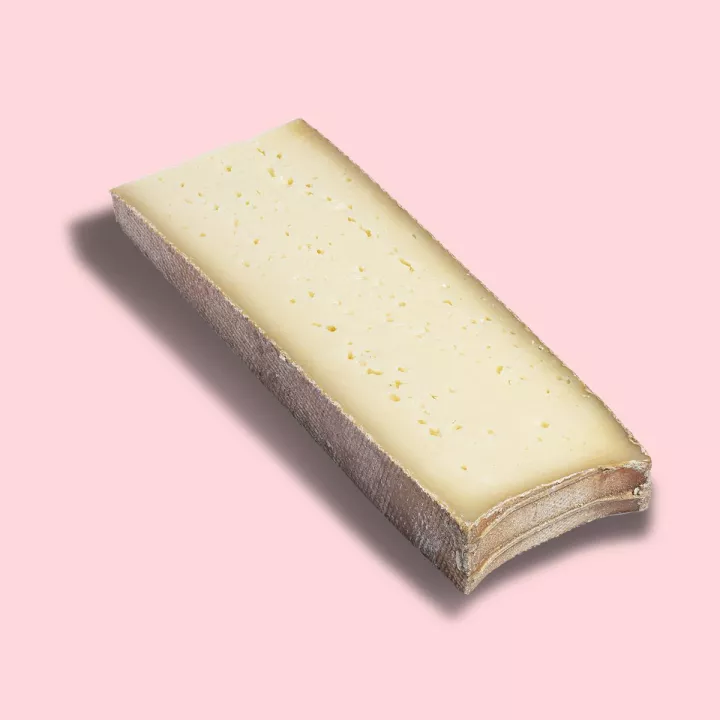
Abondance PDO
Auvergne - Rhône-Alpes
A cheese typical of Haute Savoie, and more specifically the Val d’Abondance, this cylindrical wheel, which weighs 22 lbs. on average, is pressed and cooked and has a deliciously velvety texture and fruity taste.
The result of a long production process, it is made from a mix of unpasteurized whole milk produced by the Abondance, Tarine and Montbéliarde cattle breeds and matured in cellars for a minimum of 100 days.
What you need to know
One hundred or so farmers and cooperatives in Haute Savoie, to the east of Lyon, now produce this celebrated cheese, initially according to AOC (controlled designation of origin) specifications laid down in 1990, and then AOP (protected designation of origin), awarded six years later.
Farmers use their own milk, while cooperatives process milk collected from various producers in the designation area. The next stage is always the same. Milk from the morning and previous evening are mixed and heated with a small amount of rennet.
The curd is then broken down into pieces roughly the size of a grain of rice and heated a final time. The pieces are then removed from the vat, molded and pressed for one day before being plunged into a brine bath for salting. Lastly, the cheese is left to mature in a cellar on spruce boards for a minimum of 100 days.
Characteristics
Look
Touch
Taste
Nutritional benefits
While very rich, Abondance contains nutrients useful for the body, including protein and calcium.
Editor's note
How to use
Conservation
Can be stored in a cool place for several days.
Preparation
Like most cheeses, Abondance is best served at room temperature and should be removed from the fridge 30 minutes beforehand.
Utilisation
Often eaten by itself, Abondance is also a favorite ingredient in Savoyard fondues and in a melted cheese and potato dish called berthoud, flavored with garlic, nutmeg, pepper, white Blanc de Savoie wine and port.
Pair with
It marries well with potatoes, pumpkins, mushrooms, walnut bread, seeded baguettes, and cured meats. For wines, opt for a regional pairing such as a white Chautagne or a red Chignin.


